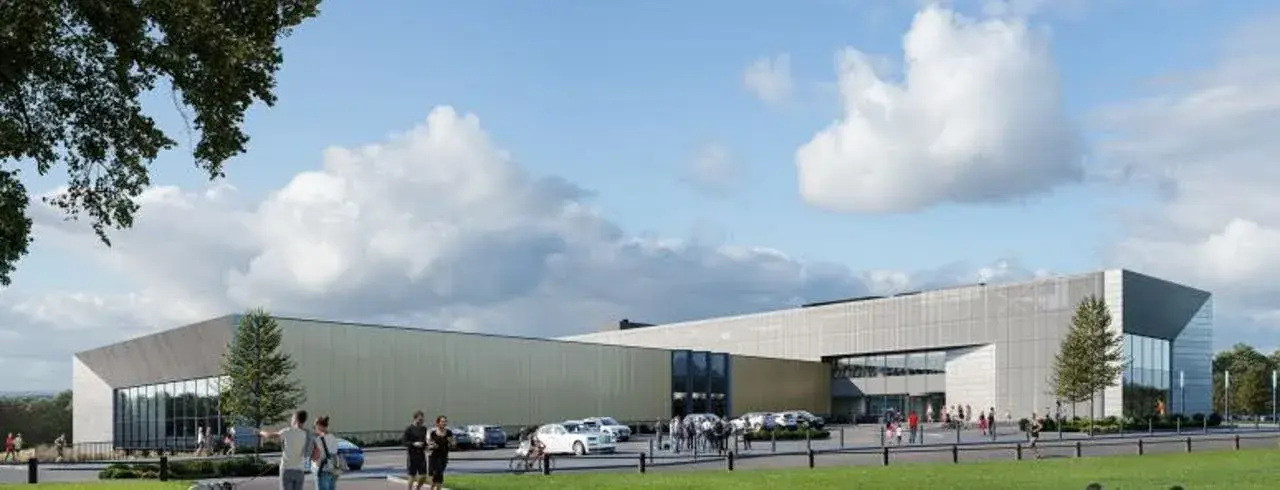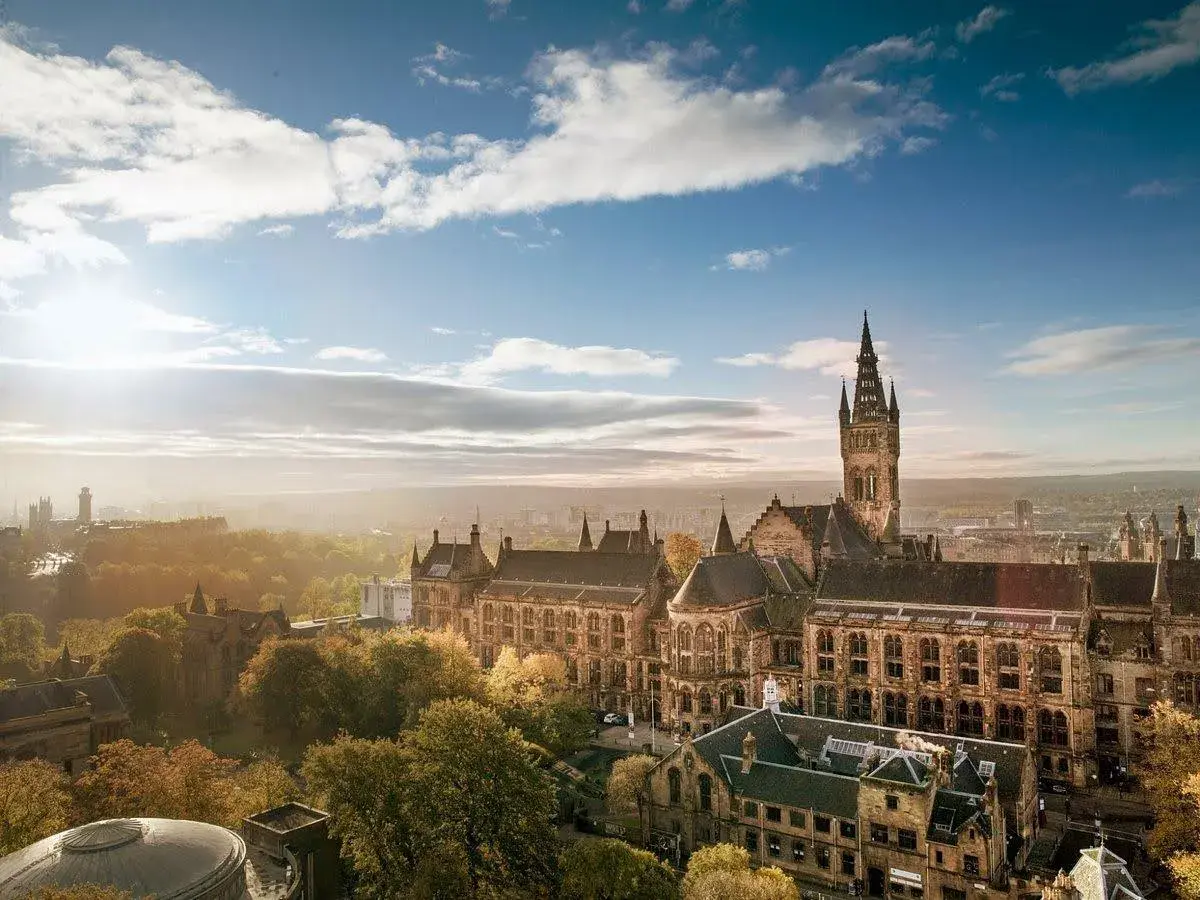The UK Padel Boom: Strategic Facility Development To Meet Rising Demand
Padel has rapidly transformed from a continental curiosity into one of the UK's most dynamic growth sports. This fast-paced fusion of tennis and squash is reshaping the leisure landscape across the country.
The numbers tell a compelling story. In July 2025, the Lawn Tennis Association (LTA) confirmed that Great Britain had reached 1,000 padel courts across 325 venues nationwide—a milestone originally targeted for 2026. This achievement represents extraordinary growth from just 50 courts in 2019, with court numbers increasing sixfold in under six years. The LTA projects continued expansion towards 400,000 active players by 2026, whilst industry analysts forecast long-term potential of 7,000 to 8,000 courts across the UK within the next decade.
Much of padel's appeal lies in its accessibility, highly social nature and low barrier to entry, making it ideal for people of all ages and skill levels. The sport's growing popularity also reflects a wider shift in how Brits engage with leisure, as people increasingly seek flexible, social ways to stay active.
For both the private and public sectors, padel represents a rare opportunity to create new, high-performing facilities that attract a broad demographic and deliver genuine economic and social value to communities.
A Growing Market With Growing Complexity
Padel's rapid expansion brings challenges as well as opportunity. The primary constraint is land: finding suitable, available sites that meet both commercial and planning requirements.
Unlike traditional tennis courts, padel courts are enclosed structures measuring 10m x 20m (approximately one-third the size of a tennis court), surrounded by glass walls and metal mesh. They're typically built in clusters of two to four courts, making them well suited to underused urban or suburban spaces such as disused tennis courts, leisure centre car parks or brownfield sites. However, site orientation, ground conditions, access and proximity to residential areas all influence viability.
The planning process remains one of the biggest obstacles for developers. Indoor facilities require significant capital investment and can face objections on noise, height and visual impact, creating substantial risks for developers should an application be refused. Even outdoor installations may need acoustic reports or lighting mitigation plans, adding cost and time. Planning permissions typically take eight to ten months for a padel club with a minimum of four courts. In some areas, the need for community consultation and environmental considerations further extends the delivery timeline, meaning it can be many months before facilities are open to the public.
Developers and councils that conduct thorough feasibility and impact assessments early in the process tend to move projects forward faster, reducing financial risk and avoiding costly redesigns later. Sport England's guidance on facility planning provides valuable frameworks for ensuring developments meet quality standards and community needs.
The Rise Of Flexible Development Models
As the market matures, operating models are becoming more innovative. Fully enclosed indoor padel centres remain desirable for year-round play and premium experiences, but they are expensive and slow to deliver.
In contrast, covered outdoor courts, which use canopy structures to shield players from weather without classing as permanent buildings, are proving a practical route to market. They offer quicker installation, reduced planning complexity and lower build costs, while still achieving strong performance metrics.
Industry data suggests covered courts maintain more consistent usage throughout the year, whilst uncovered courts experience notable drop-off during winter months due to weather conditions. Operators report that outdoor courts can see occupancy rates around 50% compared to indoor facilities. These covered structures also support modular growth, allowing operators to start small and scale up as demand increases.
Funding, Partnerships, And The Role Of Local Authorities
As padel continues to grow in popularity, new partnership and funding models are emerging. The LTA's Quick Access Loan Scheme, which currently carries 5% interest, supports projects that provide a minimum of 15 hours of public access per week. This ensures facilities benefit the broader community, not just private members. The scheme prioritises covered courts to enable year-round, high-quality participation.
Beyond LTA funding, local authorities are increasingly exploring padel as a means to reactivate underused land and enhance community sport provision without heavy capital outlay. Several councils are already tendering sites for private development under shared-risk models.
Typical arrangements include:
- Fixed rental agreements where an operator pays an annual or quarterly site fee to the council, providing predictable income for the authority.
- Profit-share models that allow councils to benefit directly from the success of the facility, aligning incentives between public and private partners.
- Concession-style partnerships where operators design, build and operate facilities on council land for a defined term before transferring them back to public ownership.
These approaches create positive outcomes for all parties. Councils gain active community spaces and long-term revenue streams, while operators access prime locations and public endorsement.
However, for any model to succeed, both parties must assess site suitability, catchment demographics, access, parking and surrounding amenities. Commercial viability depends on aligning operational costs with projected usage and ensuring pricing models reflect local demand. Importantly, developments should demonstrate clear economic and social value, contributing to health and wellbeing outcomes whilst supporting local sport and physical activity strategies.
A Sport Redefining The Leisure Landscape
Major operators such as Padel Royale UK, The Padel Club, Pure Padel and Game4Padel are already demonstrating what a mature padel offer looks like. Their facilities blend sport with hospitality—cafés, gyms and social areas—that extend dwell time and boost overall revenue.
This evolution marks a broader change in leisure provision. Padel is not just another sports trend; it's part of an experience economy where people seek fitness, social connection and enjoyment in one place. For councils, developers and investors, it offers a strategic opportunity to revitalise sites, strengthen local wellbeing outcomes and create facilities that are financially and socially sustainable.
As Sport England emphasises, quality sports facilities generate significant economic and social value. Padel developments, when planned strategically, can contribute meaningfully to participation targets, public health objectives and community cohesion—delivering benefits that extend far beyond the court.
Exploring padel facility development? FMG Consulting provides expert feasibility studies, business case development and strategic planning to help local authorities and operators deliver commercially viable, community-focused padel projects. Speak to our team today!
Image source: Canva
Subscribe by email
You May Also Like
These Related Stories

Royal North Devon Golf Club

Derby City Council




No Comments Yet
Let us know what you think